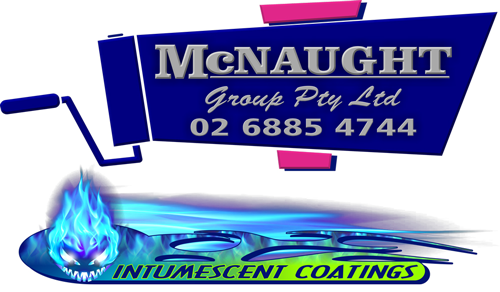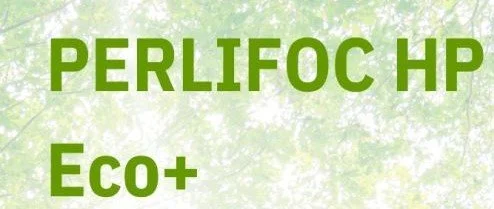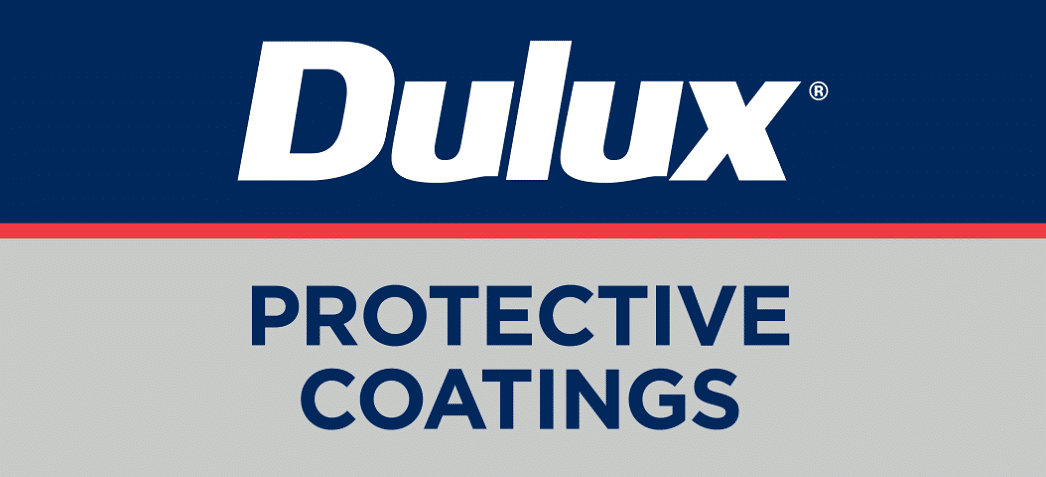

Leaders in Fire Rated Intumescent Coatings

We deliver and certify fire-rated intumescent coatings for steelwork, plasterboard, timber, cabling, doors and more...
Our intumenscent coating specialists cover Sydney, ACT and regional NSW.
McNaught Group are one of very few approved applicators of fire protective and fire retardant coatings accredited by intumescent paint suppliers.
Not only do we apply these fire protection systems, we certify them as well!
We have completed and certified jobs across NSW, whether it be cable coatings for mines, up to 120 minute ratings for steelwork, installing coatings to plasterboard ceiling, walls and doors.
Intumescent paints are specially formulated fire-rated coatings
They expand to insulate the painted surface and protect it in the event of a fire.
Intumescent paints can be applied to many building elements providing fire-rating times from 30 minutes to 120 minutes.
McNaught Group are an accredited applicators for Tremco, Nullifire, Fireshield, Perlifoc HP Eco+, Dulux, Firetex and Tech Coatings. All these companies specialise in fire retardant coatings for all types of substrates such as steelwork, plasterboard, timber, cabling, doors and more...
Often called fire retardants, or mistakenly called fire proof paints, Intumescent paints refer to that class of specially designed paints which swell and form a protective "char" as a result of extreme heat exposure - such as a fire - increasing in volume.
This char is a poor conductor of heat, and whilst not fire proofing the steel it is applied to, it protects the surface for an increased time from the destruction fire may otherwise cause.
Typically intumescent paints are applied to structural steel so that it does not warp in a fire as quickly as it may otherwise, thus allowing fire crews to extinguish the flames.
McNaught Group are accredited intumescent applicators for Tremco, Nullifire, Fireshield, Perlifoc HP Eco+, Dulux, Firetex and Tech Coatings.

The three intumescent coating components
For an intumescent protective coating to function properly, it relies on the interaction of its three specific components:
Carbon supplier
Acid source
Expanding agent
The four-stage intumescent process
Intumescent paints are supplied and applied in one of two forms - solvent or waterborne polymeric binders.
-
Gas produced through the decomposition of the blowing agent (melamine), swelling the molten mixture.
-
2. The heat also causes a release of an organic acid (from the ammonia polyphosphate).
-
3. Carbonisation of the polyols begins to take place.
-
4. The heat from the fire begins to soften the polymeric binder inside the fire retardant paint.

Fire rated coating approvals
Approved by Standards New Zealand - Ref: MP 9 - Fire Properties of Building Materials and Elements of Structure
Approved by Certifier Pty Ltd for use in Australia Certificate RPL 2 – April 2005
British Certifier approved for protection of steel up to 2 hours FRR
Compliant to Australian Standard AS1530.4-1994
Research Centre for fire protection of steel requiring certification to BS 476 Part 21:1987 and equivalent standards for periods of 2 hours.
Meets the specific requirements contained in relevant sections of the NZ Building Code
Must be sealed with compatible topcoat for long-term service












